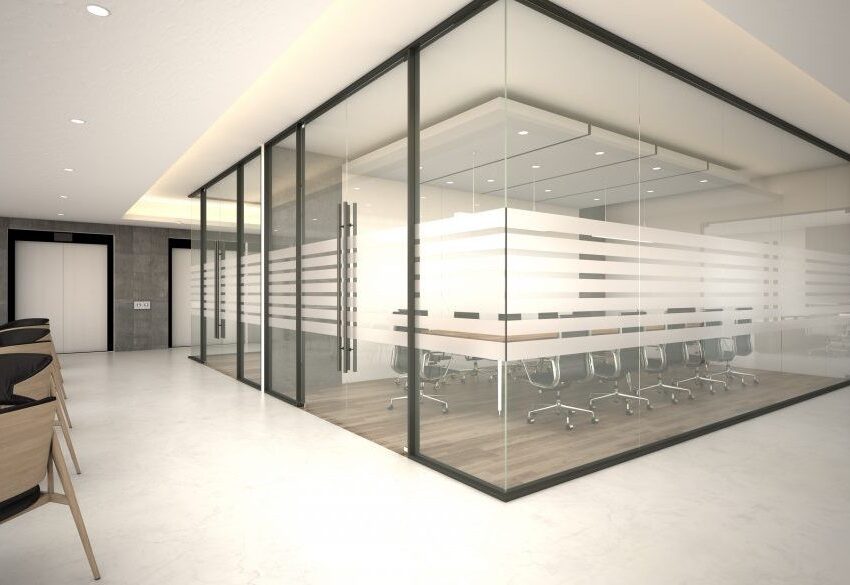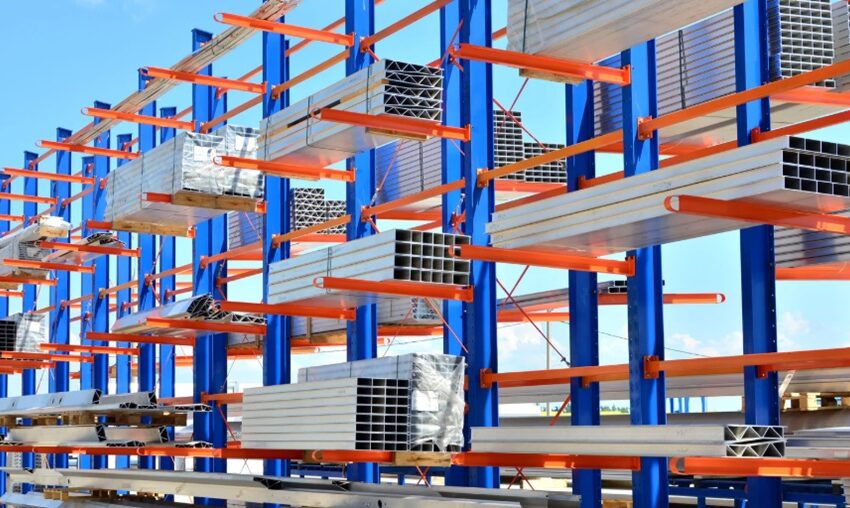A fire can sweep through a building in minutes, leaving nothing but destruction in its wake. Therefore, it is essential to have a fire-resistant coating to protect your business and property. Fire-resistant coatings come in many different varieties, and ten methods are the most effective. This post will discuss these ten methods and how they can help you keep your business safe from fires!
Fireproofing Gel
Fireproofing Gel is a water-based, intumescent coating that can be applied to both interior and exterior surfaces. It forms a thick, foamy layer that protects against high heat and flames. When exposed to fire, Fireproofing Gel expands rapidly to create a barrier between the heat and the surface. The coating also contains an inhibitor that prevents the gel from burning, ensuring that the surface will remain protected.
Fireproofing Spray
Fireproofing sprays come in various formulations, but typically they contain silicone or other heat-resistant material that will help protect the surface from flame and heat. A fireproofing spray can provide an extra layer of protection against fire and heat damage when appropriately applied.
Firestop Sealant
Firestop Sealants are crucial to maintaining the fire resistance of a building. They are used to fill gaps and voids in walls and ceilings, preventing the spread of fire and smoke.
Thermal Barrier Coating
Thermal Barrier Coating (TBC) is a specialized coating applied to hot surfaces to prevent the surface from cooling down too quickly. This can be important in industrial applications where it is important to maintain the heat of the surface for as long as possible. TBCs are also used in some engines, where they help keep the pistons and other engine components at a high temperature.
Intumescent Fireproofing Coatings
It is a passive fire protection coating that swells when exposed to heat. This coating is often used on structural steelwork, pipelines, and cables.
Cementitious Fireproofing Coatings
A cementitious fireproofing coating is a mixture of cement, water, and sand. It is applied to a surface to protect it from fire and heat. Cementitious fireproofing coatings are available in both wet and dry formulations. This type of coating is often used on concrete and masonry walls.
Fire Retardant Paint
This is a specially formulated paint containing chemicals that slow down the spread of fire. It is often used on wood and other flammable surfaces.
Fireproofing Blanket
Fireproofing blanket is a type of fire retardant insulation used to protect objects from fire. It is made of fibreglass, mineral wool, or other materials that will not burn. A fireproofing blanket can be used to wrap pipes, valves, and other equipment that could be damaged by fire.
Fireproofing Cloth
This is a cloth that is impregnated with fire-resistant chemicals. It is often used on clothing and curtains. It can provide us with up to four hours of fire resistance. Fire-resistant coatings are an essential part of any fire safety plan. They can slow down the spread of fire, giving you more time to escape.
There are many different types of fire-resistant coatings, each with its benefits. Please choose the one suitable to your needs and include it in your fire safety plan. Fire-resistant coatings can save lives.
Ultimate Benefits of Fire-Resistant Coating
- They are specially formulated to resist ignition and flame propagation.
- They can help to reduce fire risks and improve safety in your workplace or home.
- They can provide a physical barrier between combustible materials and open flames.
- They can help insulate surfaces from heat, preventing the spread of fire.
- Fire-resistant coatings can be applied to various materials, including wood, metal, and glass.
Fire-resistant coatings are a critical part of any fire protection strategy. They play a vital role in both commercial and industrial settings by protecting building materials, contents, and people from the damaging effects of fire.







